Exploring Common Character Archetypes in Literature

Unveil the essence of character archetypes in literature, spanning from heroic figures to wise mentors.
Welcome to a journey through the rich tapestry of character archetypes in literature. Like every stroke on a canvas adds depth to a painting, characters in a story shape its plot. Today, we'll unravel the threads of common character types, exploring their traits, roles, and impact on storytelling. Let's embark on this epic quest together.
First, let’s start with some classic character archetypes:
1. The Hero and the Anti-Hero
At the heart of many tales lies the Hero, the embodiment of courage, resilience, and nobility. Think of iconic characters like Harry Potter from J.K. Rowling's series, who bravely confronts the forces of darkness to protect the wizarding world, or Nancy Drew from the beloved mystery novels, whose sharp wit and determination unravel enigmatic puzzles. Yet, standing in stark contrast is the Anti-Hero, a flawed protagonist who challenges traditional notions of heroism. Characters like Dr. Hannibal Lecter from Thomas Harris' The Silence of the Lambs, with his chilling intellect and morally ambiguous motives, blur the lines between good and evil, captivating audiences with their complexity and moral ambiguity.
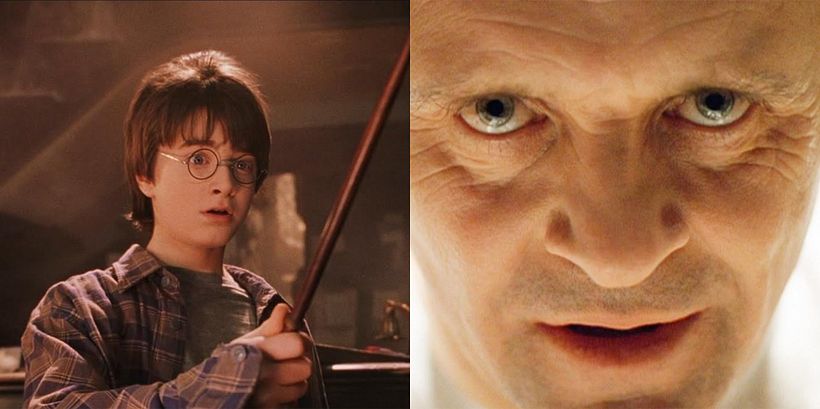
2. The Mentor and the Threshold Guardian
In every hero's journey, guidance often comes in the form of the Mentor, a wise figure who imparts knowledge and aids the protagonist on their quest. From Gandalf in J.R.R. Tolkien's The Lord of the Rings to Professor Dumbledore in J.K. Rowling's Harry Potter series, these mentors offer invaluable support and wisdom. Conversely, the Threshold Guardian presents obstacles and tests the hero's resolve, serving as a gatekeeper to transformation. Characters like the White Rabbit in Lewis Carroll's Alice's Adventures in Wonderland fulfill this crucial role, shaping the hero's path with their challenges.
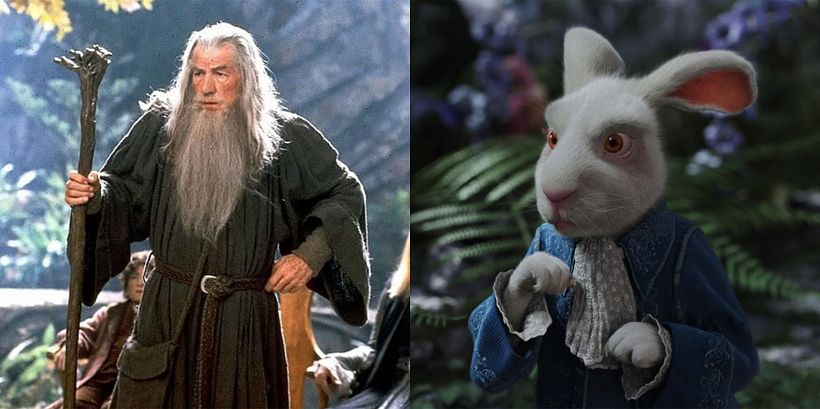
3. The Shapeshifter and the Shadow
As the plot unfolds, characters may assume the roles of the Shapeshifter or the Shadow, adding intrigue and tension to the narrative. Shapeshifters like Severus Snape from the Harry Potter series or Gollum from The Lord of the Rings blur the lines between ally and adversary, keeping readers guessing until the final reveal. Meanwhile, Shadows embody the darker aspects of the hero's psyche or represent formidable antagonists. Consider Lord Voldemort, also known as Tom Riddle, from J.K. Rowling's Harry Potter series, whose malevolent presence and quest for power cast a sinister shadow over the protagonist's journey.
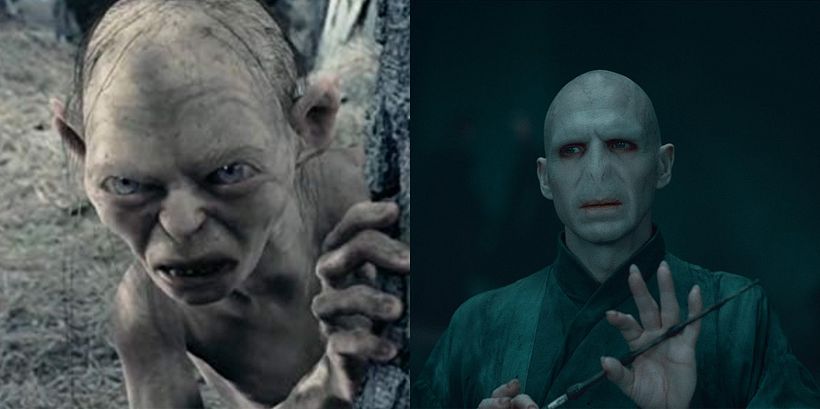
Archetypes and Genre: A Close Connection
Archetypes in Fantasy and Science Fiction
In the realms of fantasy and science fiction, archetypes reign supreme, shaping worlds of magic, technology, and wonder. From the Duo Characters, exemplified by Frodo and Sam in J.R.R. Tolkien's The Lord of the Rings, whose unwavering bond guides them through their perilous journey, to the Reluctant Hero, such as Bilbo Baggins in The Hobbit, who is thrust into adventure against his will, these genres offer a canvas for exploring timeless themes and universal truths through larger-than-life characters. Additionally, we encounter the Wise Old Mentor, like Gandalf from J.R.R. Tolkien's works, whose sage guidance and mystical knowledge aid the hero on their quest. Each archetype, from the Femme Fatale to the Chosen One, draws readers deeper into the fantastical realms created by authors' imaginations.
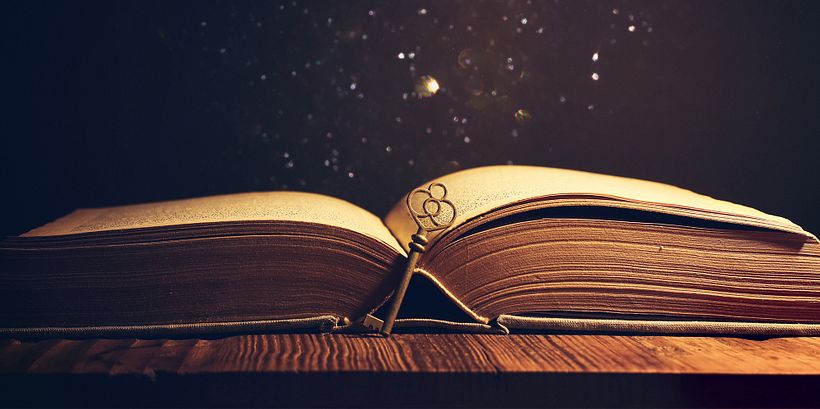
Archetypes in Romance and Drama
In the realm of romance and drama, archetypes shape the dynamics of relationships and fuel emotional tension. From the Love Interest, like Elizabeth Bennet in Jane Austen's Pride and Prejudice, whose chemistry with Mr. Darcy drives the narrative, to Star-crossed Lovers, such as Romeo and Juliet in William Shakespeare's tragedy, whose fateful romance captivates audiences with its tragic beauty, these archetypes epitomize timeless themes of love and sacrifice. Additionally, we encounter the Bad Boy archetype, characterized by their brooding charisma and rebellious nature, challenging societal norms and captivating protagonists. Each archetype, from the Best Friend to the Charmer, adds depth and complexity to the romantic and dramatic narratives woven by authors' pens.
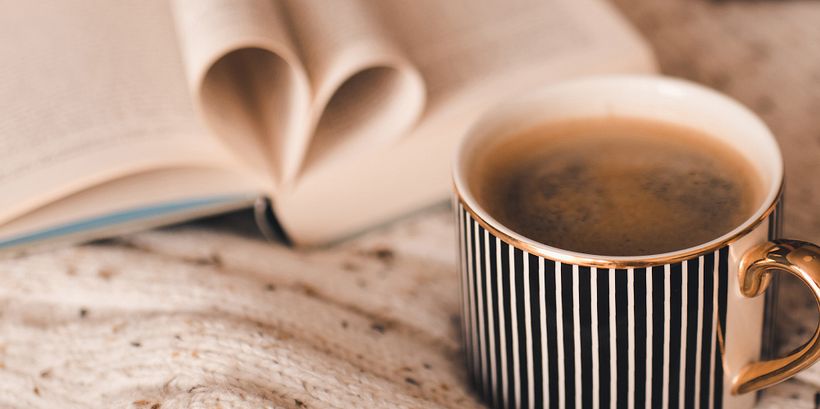
As we’ve reached the end of our exploration, remember that storytelling is an art form as diverse as the human experience itself. Whether you're penning the next epic fantasy or crafting a tender romance, understanding these common character types can elevate your writing to new heights. Ready to hone your craft further? Explore our writing courses today!
Click the links below to embark on your next literary adventure:
– Definition and Examples of Anaphora
– What is and Oxymoron: Definition and Examples





0 comments